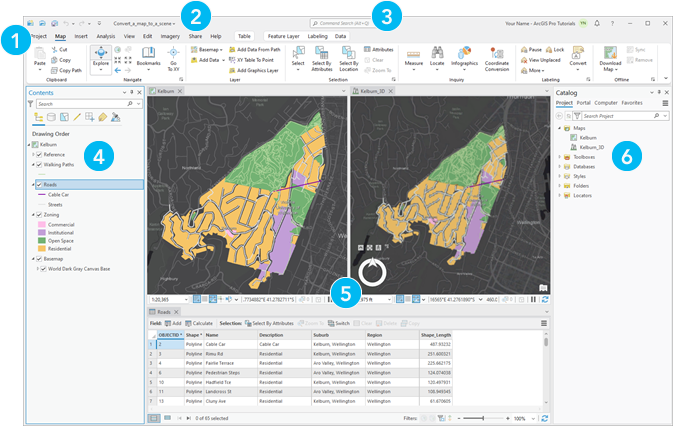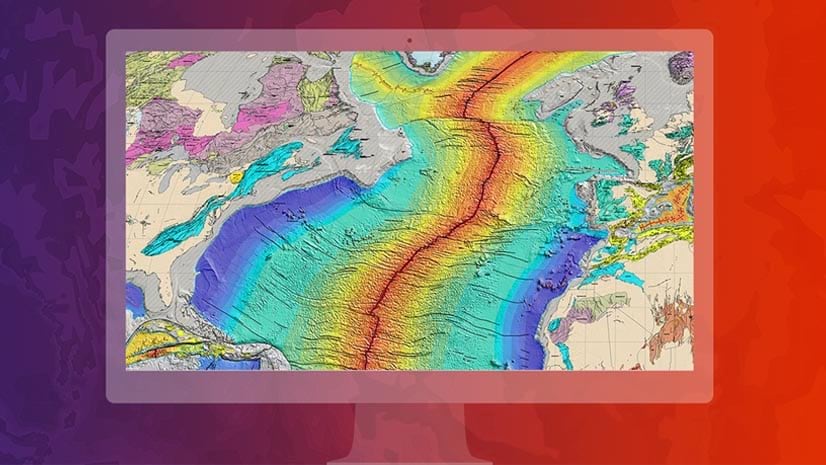
Methanol and oxygen each have an Mr value of 32.

(b)€€€€ The boiling point of methanol is +65 ☌ the boiling point of oxygen is –183 ☌. Although for the most part the trend is exactly the same as in group 4 (for exactly the same reasons), the boiling point of the compound of hydrogen with the first element in each group is abnormally high. If you repeat this exercise with the compounds of the elements in Groups 5, 6 and 7 with hydrogen, something odd happens. Ĭlick here👆to get an answer to your question ️ When the substances CCl4, CH4 and CF4 are arranged is order of increasing boiling point, what is the correct order ? chemistry Asked on Octoby Swaroop Bisariya Hello,a)CH3CH2CH2CH2CH3b)LiNO3c)H2Od)CH3CH2CH2CH2CH2CH3For those that form homogeneous solutions, how can I indicate the type of forces that are involved. which has the stronger intermolecular force, C25H52 or H2O Intermolecular Forces. its boiling point is greater than 400 degrees C.

the nonpolar hydrocarbon C25H52 is a solid at room temp.
#Arcmap for mac free#
Compounds formed by covalent bonding don’t conduct electricity due to the lack of free electrons. Compounds with covalent bonds usually have lower enthalpies of vaporization and fusion. Most compounds having covalent bonds exhibit relatively low melting points and boiling points.Boiling point can be influenced by the intermolecular forces of the substance. Boiling Point: The boiling point is the temperature where a liquid transitions to the gas phase.

This result is in good agreement with the actual data: 2-methylpropane, boiling point = −11.7☌, and the dipole moment (μ) = 0.13 D methyl ethyl ether, boiling point = 7.4☌ and μ = 1.17 D acetone, boiling point = 56.1☌ and μ = 2.88 D.
Thus we predict the following order of boiling points: 2-methylpropane < ethyl methyl ether < acetone. At a pressure of 1.3 atm, the boiling point The normal boiling point of diethyl ether is 34.6☌. E) The normal boiling point of CCl4 must be greater than 178☌. D) The triple point of CCl4 must be less than 178☌. C) Liquid and solid can only be in equilibrium at one temperature-the freezing point. B) Liquid CCl4 can exist at temperatures greater than 283☌ if the pressure is greater than 45 atm. Intention is the starting point of every dream. These individuals have been assigned to various quarantine. Covalent bonds are created between two nonmetals in order to fulfill what is called the octet rule. A) the C-Cl bonds in CCl4 are less polar than C-F bonds in CF4. The strength of the four main intermolecular forces (and therefore their impact on boiling points) is ionic > hydrogen bonding > dipole dipole > dispersion Boiling point increases with molecular weight, and with surface area. difference in electronegativity) of bonds. The intermolecular forces increase with increasing polarization (i.e. Boiling points are a measure of intermolecular forces. Molecules which are more polar have stronger intermolecular forces between them, and have, in general, higher boiling points (as well as other different physical properties). The polarity of a molecule has a strong effect on its physical properties. However, their boiling points are −38 ☌ and −86 ☌, respectively, giving $\ce, J. The predicted order of boiling points are therefore The actual normal boiling points are H 2 (20 K), Ne (27 K. Finally, Ne, which is nonpolar, should have the lowest boiling point of these three. Next is CO, which is slightly polar and has the highest molecular weight. Because HF can hydrogen bond, it has the highest boiling point of the three. This is because Bromine has the highest boiling point when compared to Flourine and Clhorine. CBr4 or tetrabromometha has the highest of the three with a boiling point of 190 degrees Celsius. CF4 (CARBON TETRAFLUORIDE) Cl2 (Chlorine) i3-carbon tetrachloride carbon disulfide methane glycine sulfur trioxide benzophenone oxygen AlF3 (Aluminum fluoride) beryllium dichloride C8H18 (octane) C2Cl4 PF6-XeCl4 SbF5 (ANTIMONY PENTAFLUORIDE) CH3CH2CH3 C5H12 (PENTANE) silane s8 BF4 BF4-SeCl6 BeBr2 BeI2 CSe2 Pcl4 C3H6 AlH3 (Aluminum trihydride. Measurements have been made with an ultrasonic interferometer, cons. 
The velocity of sound in liquid CF4 has been measured in the temperature range from its triple point to its normal boiling point.








 0 kommentar(er)
0 kommentar(er)
